There’s something magical about arriving in a new country for the first time. Something unexpected appears around every corner – the sound of a foreign tongue, the smell of unfamiliar food, the gleam of buildings from another era. Belgium had not been particularly on our radar. But our youngest son, Michael, visited last year with his partner, Charlotte, and after hearing their reports, we decided on a meet-up with Mark in Belgium (not far from Mainz, Germany where he is currently residing). Nestled between France and Germany, this small nation makes an impression far beyond its size. We explored Brussels, Gent, Bruges, and Antwerp. It was a bit much to squeeze into just five days, but we were delighted by the combination of old-world charm and modern vibrancy.
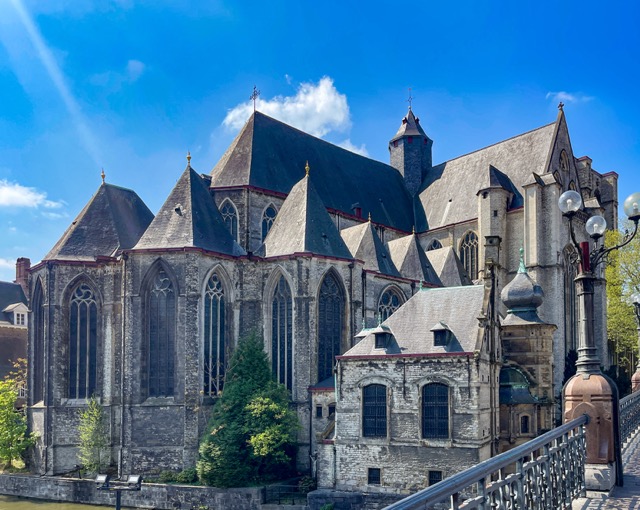
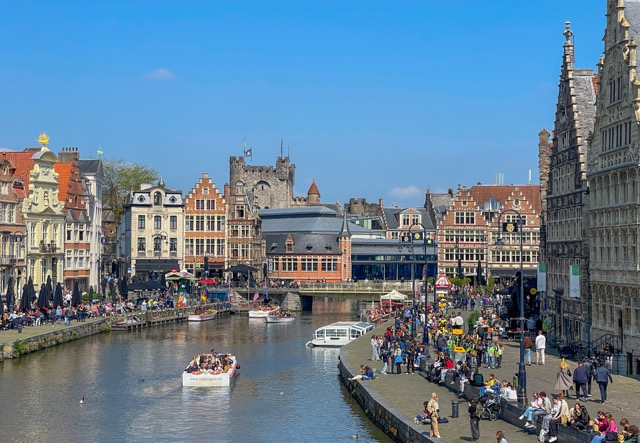
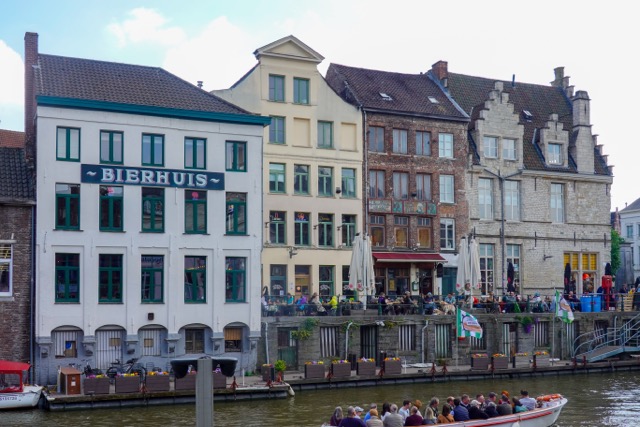
Gent is at the confluence of two rivers – the Scheldt and the Leie and there are some great spots on the river to enjoy a beer.
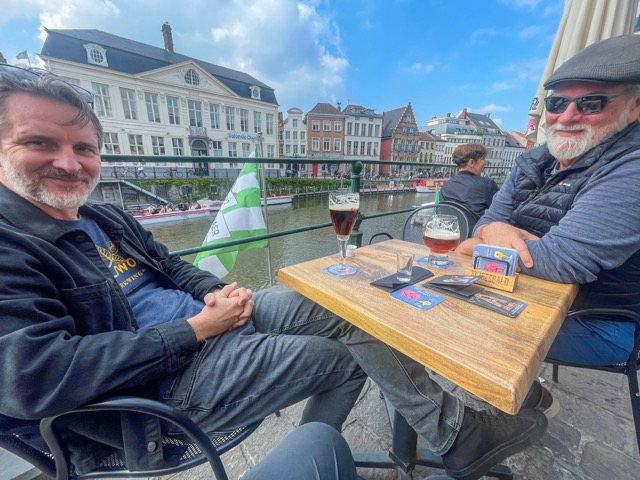
An Art & Poetry Lesson
We had just one day to spend in Brussels before hopping on a train to meet Mark in Gent for dinner. Our plan had been to join a walking tour of the city followed by lunch at a small estaminet (a small café selling alcoholic drinks) featuring Belgian cuisine. However, the cold rainy day we woke up to was less than ideal for a walking tour of the old city. So, after getting a late start, we wandered over to a small café, enticed by the wafting odors of fresh coffee and pastries.
The late start was due to a bit of insomnia on my part. I woke up about 4AM and couldn’t get back to sleep. That’s when I read a message posted on our blog by our dear cousin Nayan.
“When you are in Brussels, you will most likely remember Auden’s poetic comment on Brueghel’s Musee de Beaux Arts, I believe to be one of the greatest poems in Western literature. (I have committed it to memory.) Nayan xo”
For those of you who don’t know Nayan, she graduated from Cal Berkeley in 1955 with a double master’s degree in English and Rhetoric and then in 1988 with a PhD in Educational Philosophy. She taught college for decades and served as the Dean of the English Department at a Bay Area community college before retiring and becoming ordained as an Episcopal priest in 2002. Nayan turned 94 as I was finishing this blog post, and she continues to amaze and inspire me.

I must admit, I was not aware of either Auden’s poem or Brueghel’s painting. But I am always eager to learn and was inspired by Nayan’s message. So, while Ed slept, I spent a couple early morning hours reading. One internet search led to another, and I learned much about W.H. Auden, Pieter Brueghel the Elder, ekphrastic poetry (when a poem is written in response to another work of art, such as a painting or sculpture), a poem by William Carlos Williams about the same Brueghel painting, a refresher on the Icarus myth, and modernism vs. postmodernism. Whew! It was quite a morning!
Musée des Beaux Arts
By W. H. Auden, 1938
About suffering they were never wrong,
The Old Masters: how well they understood
Its human position; how it takes place
While someone else is eating or opening a window or just walking dully alongHow, when the aged are reverently, passionately waiting
For the miraculous birth, there always must be
Children who did not specially want it to happen, skating
On a pond at the edge of the wood:
They never forgot
That even the dreadful martyrdom must run its course
Anyhow in a corner, some untidy spot
Where the dogs go on with their doggy life and the torturer’s horse
Scratches its innocent behind on a tree.In Brueghel’s Icarus, for instance: how everything turns away
Quite leisurely from the disaster; the ploughman may
Have heard the splash, the forsaken cry,
But for him it was not an important failure; the sun shone
As it had to on the white legs disappearing into the green
Water; and the expensive delicate ship that must have seen
Something amazing, a boy falling out of the sky,
Had somewhere to get to and sailed calmly on.
As we sipped our coffee and tea that morning, I shared what I had learned with Ed. I also told him that we were a mere two blocks from the Musées Royaux de Beaux-Arts de Belgique (Royal Museum of Fine Arts of Belgium) where the “Old Masters Museum” proudly displays the Brueghel painting that inspired Auden’s poem. We had a new plan for the day!
We arrived at the museum, stood in line for tickets, and as soon as we were inside, made a beeline for the Brueghel room. There it was!
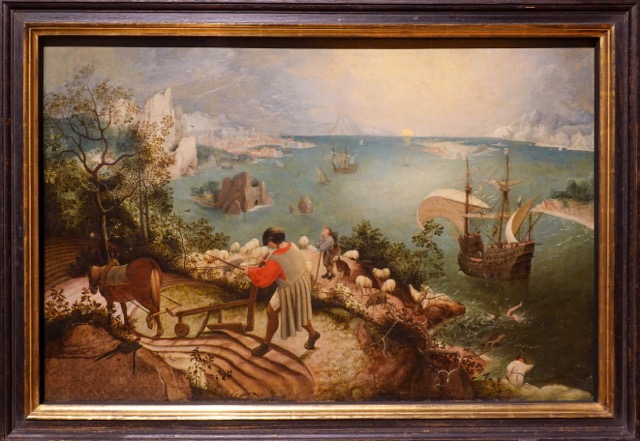
Landscape with the Fall of Icarus
William Carlos Williams, 1960
According to Brueghel
when Icarus fell
it was springa farmer was ploughing
his field
the whole pageantryof the year was
awake tingling
nearthe edge of the sea
concerned
with itselfsweating in the sun
that melted
the wings’ waxunsignificantly
off the coast
there wasa splash quite unnoticed
this was
Icarus drowning
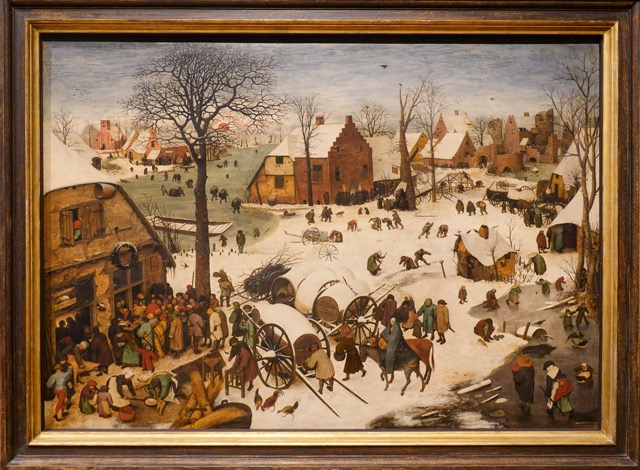
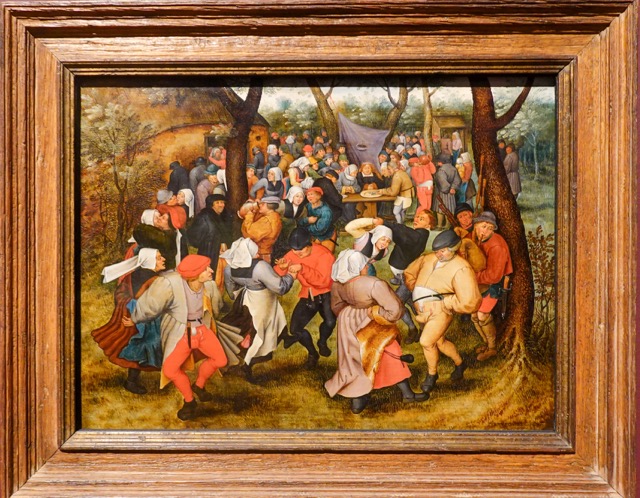
The Census at Bethlehem is another Pieter Brueghel the Elder masterpiece. And, his son painted Peasant Wedding Dance.
I Had Some Questions
What the heck does all this mean? Why is the mythological tragedy of Icarus barely noticeable in the corner of the canvas? Why are the shepherd, the farmer, and the fisherman, all absorbed in their work, seemingly unaware of the boy’s demise? Brueghel, Auden, and Williams all seemed to be saying that the fall of Icarus was just another unnoticed event in the rhythm of everyday life. They describe the isolation of individual pain in a world that neither pauses nor offers consolation. Pretty dark, right? Can this be true?
We had a long conversation with Mark over dinner and then I read what a few art and literary critics had to say about all of this.
“The painting is about the invisibility of suffering. It is not seen. It happens while the sun is shining and the ploughman is at his work.” John Berger (art critic), Ways of Seeing, 1972.
“Auden’s insight is that suffering is always private, while indifference is public and communal.” Edward Mendelson (literary critic), Later Auden (an Auden biography), 1999.
“Williams’s sparse diction and flat tone reflect the painting’s quiet irony, refusing to elevate Icarus’s death above the seasonal rhythms of peasant life.” Marjorie Perloff (literary critic), The Dance of the Intellect, 1985.
Is it true? Do we, more often than not, look away? We are, of course, overwhelmed by a 24/7 news cycle describing countless tragedies – wars, humanitarian crises, environmental disasters – many of which barely sink in beyond the fleeting headlines.
Collective Indifference
Perhaps the COVID-19 pandemic is an example of our collective indifference. As we all recall, there was a moment in early 2020, when the streets cleared, cities quieted, and our fear turned to expressions of solidarity. But that didn’t last. Before long, the American creed of individualism and productivity reemerged. Masks became a political statement, reopening was seed as liberation, and the dead began to accumulate quietly, mostly out of view. More than 1.2 million Americans perished from Covid-19, many of them in isolation. Nursing homes turned into morgues and hospital workers buckled under the pressure. Yet, the national mood increasingly mirrored Brueghel’s painting – a slow turning away. The suffering became background noise.
We can see this turning away today in the ongoing global refugee crisis. With millions of people being forcibly displaced, the response is often apathy and political posturing rather than meaningful action. As Auden wrote: “They never forgot…That even the dreadful martyrdom must run its course…Anyhow in a corner, some untidy spot…” Border crossings, overcrowded boats, and refugee camps have become today’s “untidy spot.”
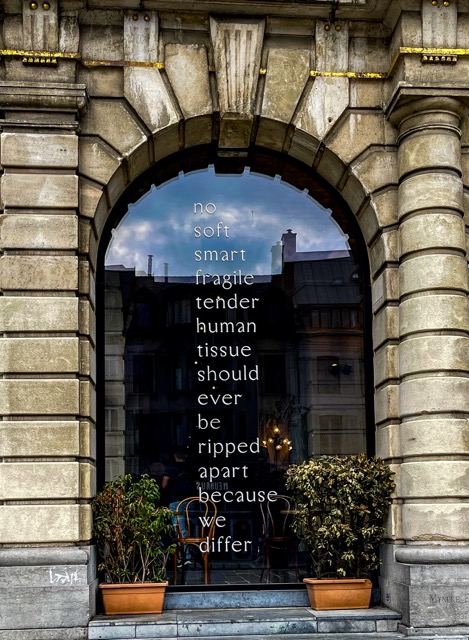
Climate change is another slow-motion Icarus tragedy. Scientists warn of rising temperatures, ecosystem collapse, and mass displacement, yet our consumer culture, economic systems, and political timelines continue mostly undisturbed – plowing ahead, like Bruegel’s farmer. William Carlos Williams’s line—“a splash quite unnoticed”—feels distressingly prophetic. Catastrophes like wildfires, floods, and droughts strike with increasing regularity, but then fade quickly from media attention.
Today’s tech oligarchy aims to “fly” ever higher through space colonization, artificial intelligence, and biotechnology. Their oversized ambition seeks to outrun any attempts at restraint, embracing economic inequality, digital surveillance, and exploitation of workers. Yet, we avert our gaze from the human suffering their “disruptions” create, blithely accepting the growing crisis our planet is facing. Just as the plowman in Brueghel’s painting keeps working while Icarus drowns, people around the world continue their routines while others suffer. As writer Rebecca Solnit puts it, “The failure to imagine a world in which everyone matters is a kind of moral failing—but also a failure of imagination.” (Hope in the Dark, 2004).
Our first day in Brussels was, for me, an encounter with Brueghel’s message and to understand it as an ethical imperative. Of course, making sense of this is deeply personal. Neither the painter nor the authors offer easy answers. Perhaps all I can do is avoid the temptation of hopelessness and rather than despairing about indifference attempt to break it, in small quiet ways. Brueghel’s painting, and the poems it inspired reveal to us what is, so we can determine what ought to be.
Another Surprise
The Museé Oldmasters Museum was not through surprising us, however. As we strolled through one gallery after another of amazing paintings, Ed stopped with a gasp, staring across the room. “Oh my god, they have David’s masterpiece! ” He took me by the hand, and we slowly approached the piece as he began to explain its significance.
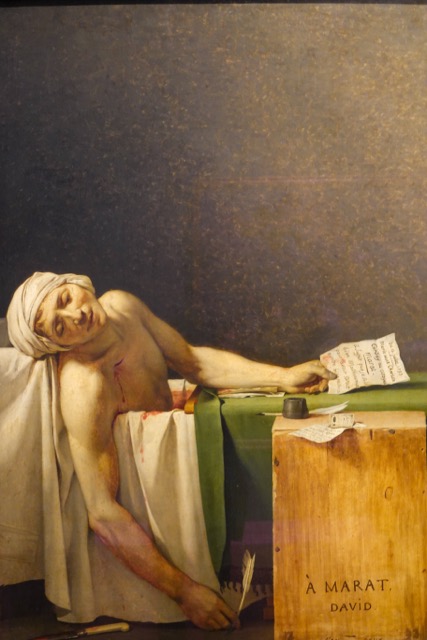
Ed: The Death of Marat is a painting that has long haunted me. Jacques-Louis David created the painting in 1793 basically as a propaganda piece for the radicals of the French Revolution. It depicts the assassination of a leading revolutionary figure, Jean-Paul Marat, who was stabbed to death by a woman from the French nobility while sitting and working in his bath. David was a passionate supporter of the revolution and had become a key voice in rallying the people of France. He created The Death of Marat in just three months following Marat’s murder with the full intention of giving the revolution an image of martyrdom that would incite support. It worked.
For me, it is one of the most challenging paintings ever produced. On the one hand, it could be said to be the first modernist painting ever created. David looks humanity in the eye and renders an unflinching image of contemporary reality, challenging the viewer, forcing you to confront the moment. And yet it is executed with the glowing, flawless beauty of an old master.
And yet, this painting came to represent all the horror and death of the Reign of Terror. The ten years that followed its unveiling saw thousands murdered in the streets of Paris touching off a cataclysm that did not end for decades.
And yet, this is the revolution that truly put the western world on a course for democracies to flourish. It is truly the dawn of modernity.
Unsettling, disturbing, luminous, surreal, it is the kind of profoundly moving work that could only be produced from the confluence of factors it embodies – David’s passion, the urgency of the moment, the pressure to work quickly – all conspiring to extract the artist’s greatest achievement. And yet . . .
Our first day in Brussels had taken us on a wholly unexpected journey and it wasn’t even cocktail hour! Still animatedly discussing all that we’d seen in the museum, (thank you, Nayan) we collected our bags and headed for the train to Gent, anticipating dinner with Mark. We enjoyed a couple of days exploring Gent and Bruges with Mark, checked in on Antwerp, and spent our final day back in Brussels before returning to Valencia.
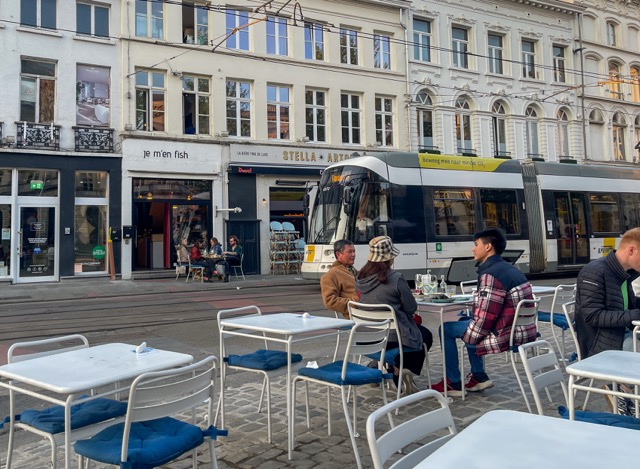
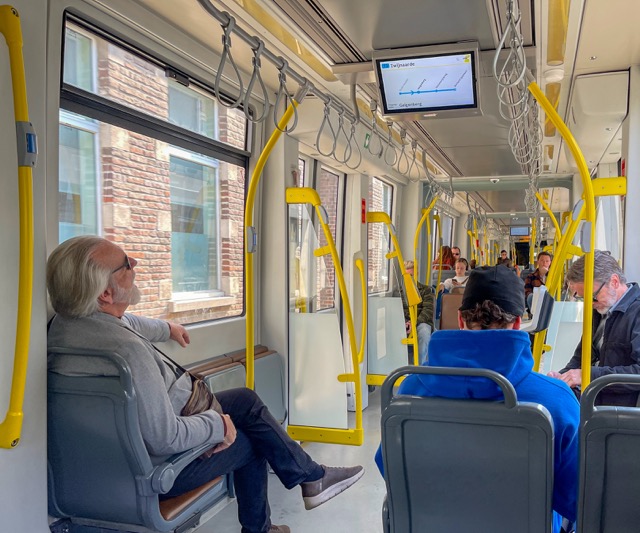
There was lots of train and tram time during our visit to Belgium. One evening we had dinner al fresco at a table across the street from the restaurant and tram track. A delightful urban experience!
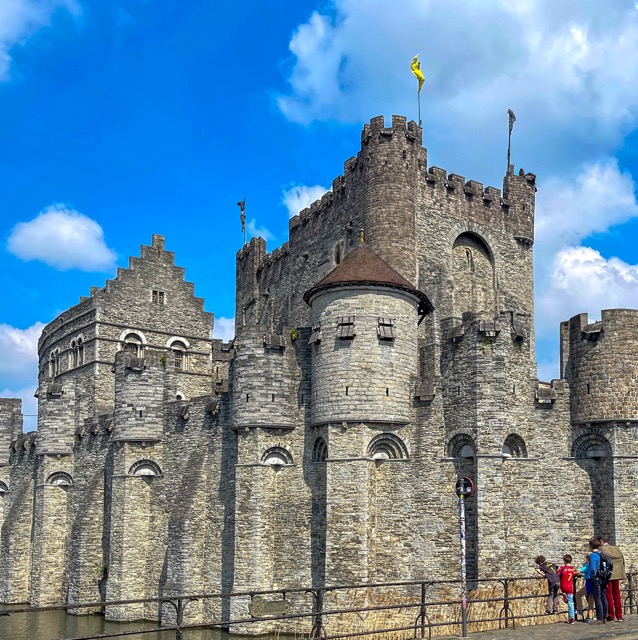
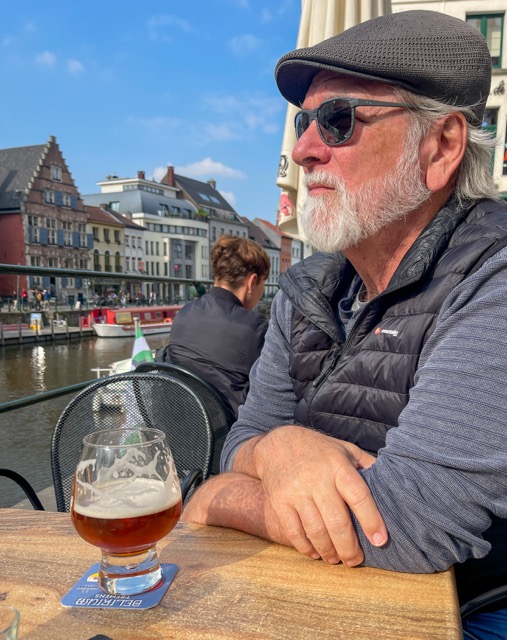

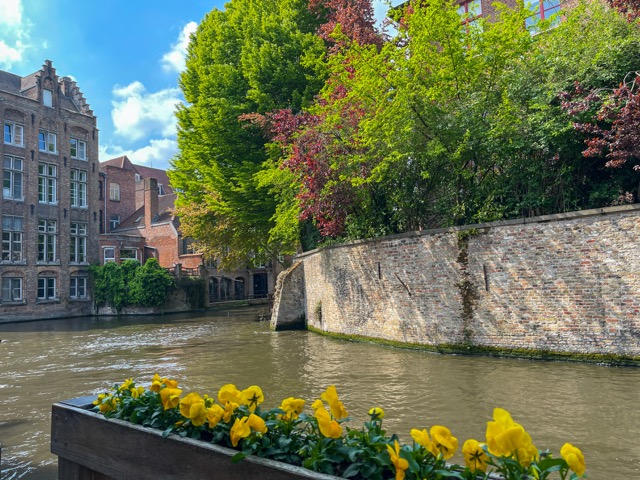
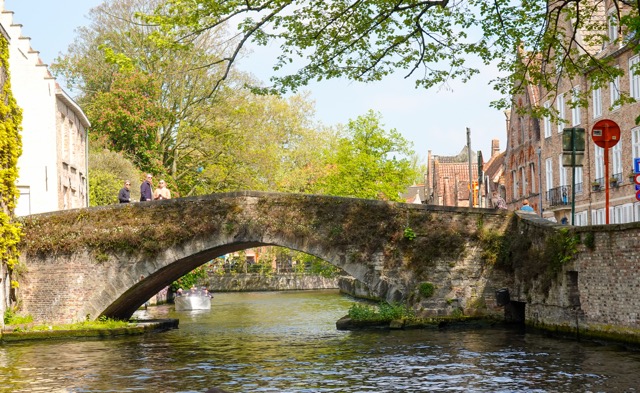
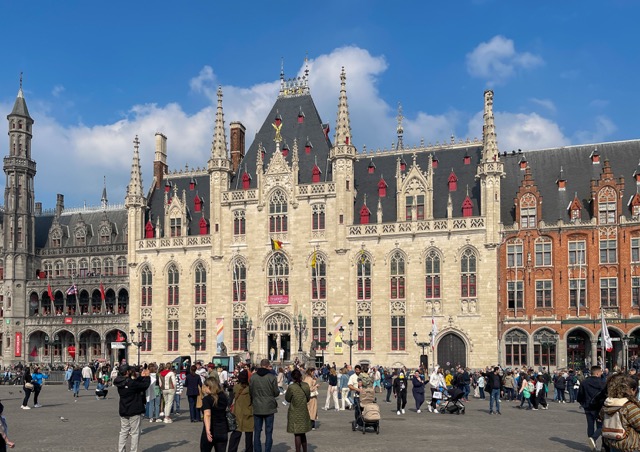
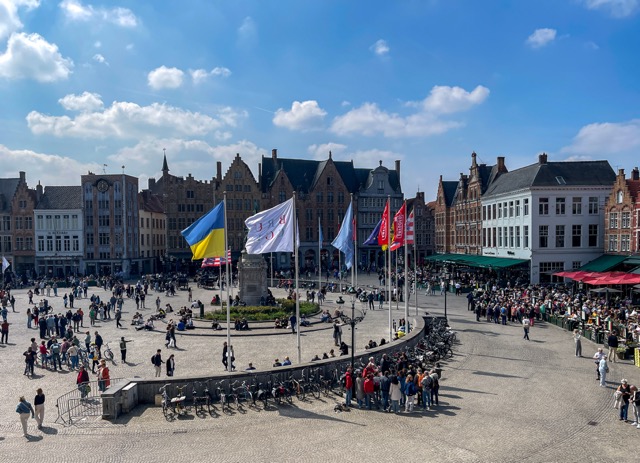
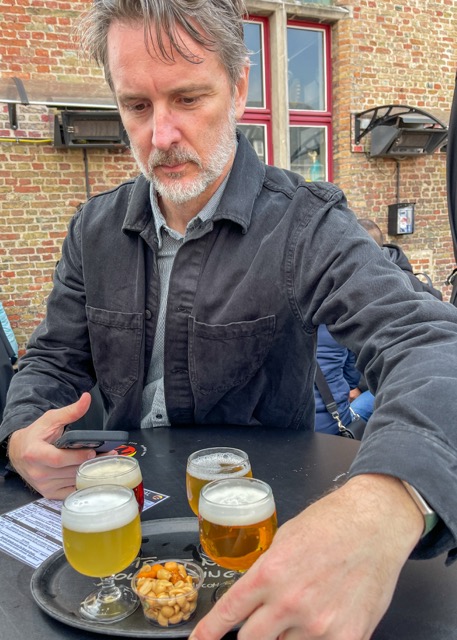
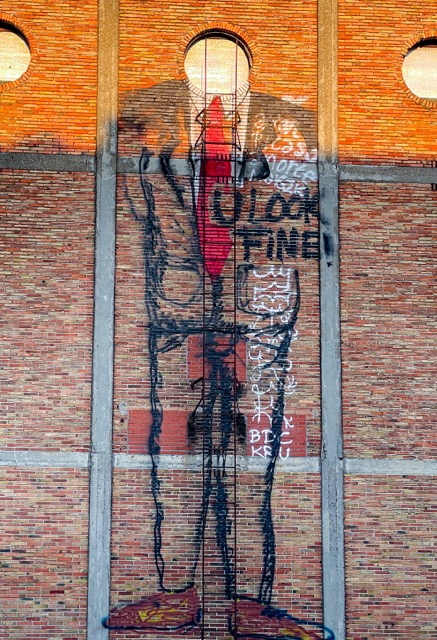
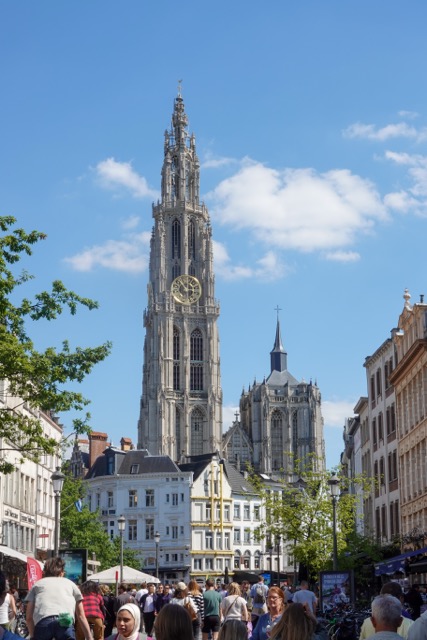
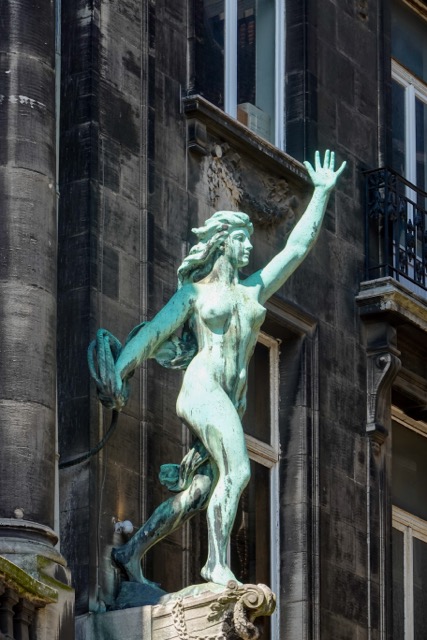
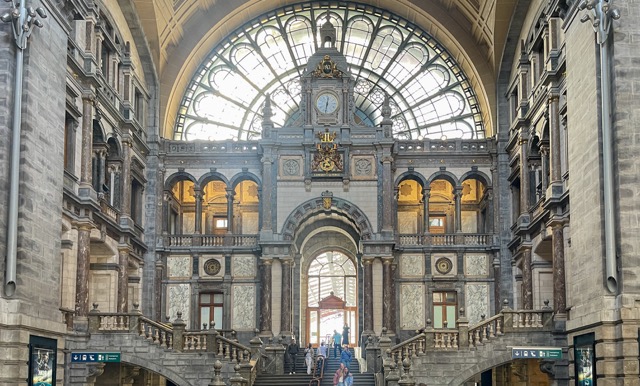
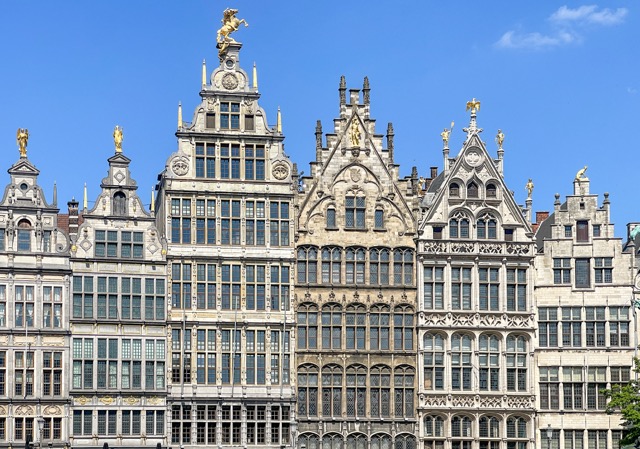
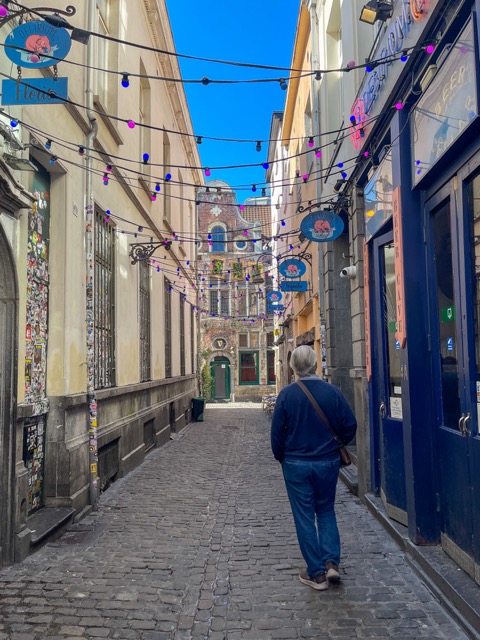
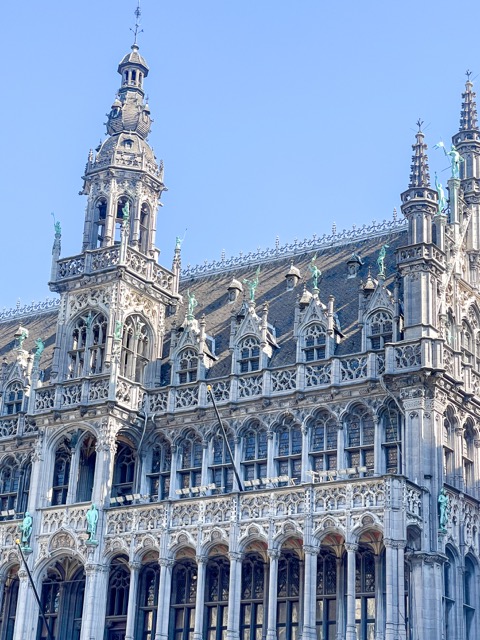
Belgian Culinary Adventures
Belgium is a small country (about the size of the state of Maryland), but its culinary reputation is anything but modest. In Belgium, food isn’t just about sustenance. It’s about heritage, indulgence, and joy. And, food can be a powerful salve for human suffering offering a tangible form of care, presence, and connection. Bon Appétit! Smakelijk! (Dutch)
Waffles and Chocolates and Beers, Oh My!
Waffles aren’t what you think. In Belgium, they’re an anytime indulgence, not just a breakfast treat. The two types of Belgian waffles, Liège and Brussels are both are delicious. A Liège waffle, dense and chewy, has a sweet, crunchy glaze that is created with caramelized embedded pearl sugar. A Brussels waffle, light, airy, and crisp, is typically dusted with powdered sugar or topped with whipped cream and berries. Whichever you choose, a warm waffle eaten on the go is one of Belgium’s most satisfying pleasures.
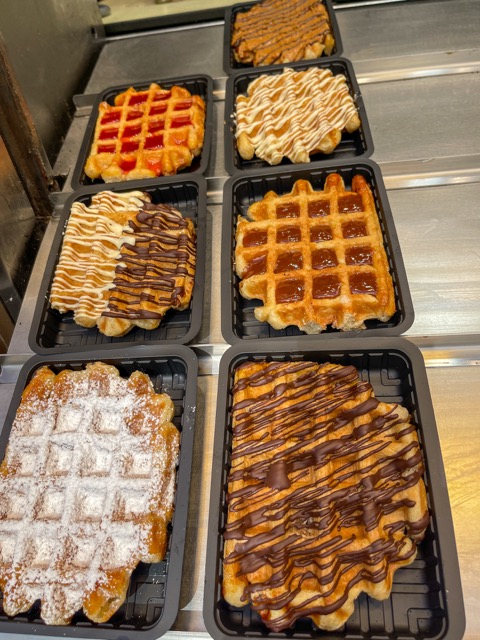
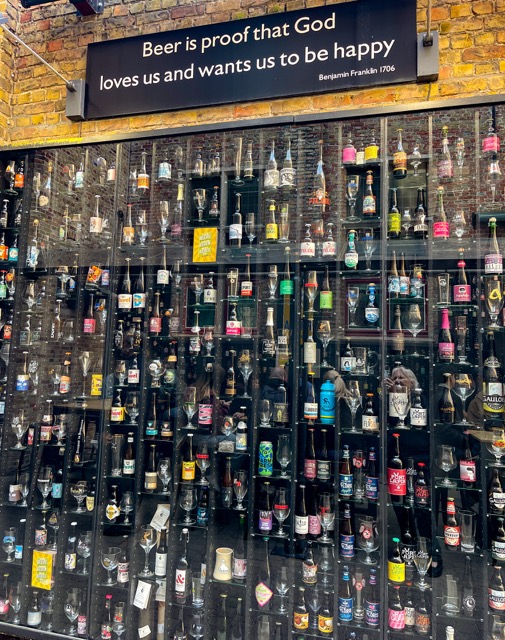
Luxuriously Chocolate
Few things feel more quintessentially Belgian than chocolate. But why is Belgian chocolate so good? It starts with selecting high-quality cocoa beans from specific origins. Three West African countries – Côte d’Ivoire, Ghana, and Nigeria – are the key suppliers of cocoa beans to Belgium. Next, the exceptionally fine grind of the cocoa beans results in a very smooth, melt-in-the-mouth experience. Then, there’s the higher percentage of cocoa compared to other chocolates, contributing to a richer, more intense flavor and the use of pure cocoa butter which enhance the smooth texture. Each bite feels like a little moment of luxury.
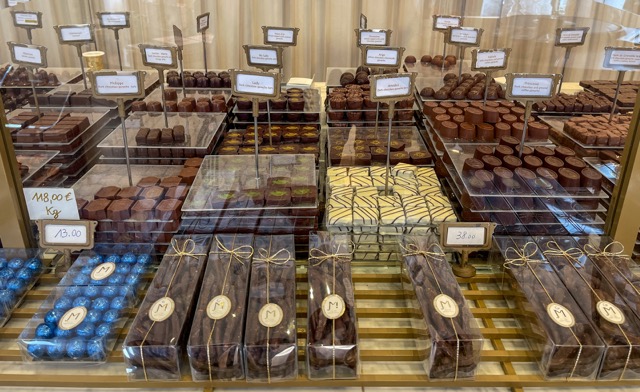

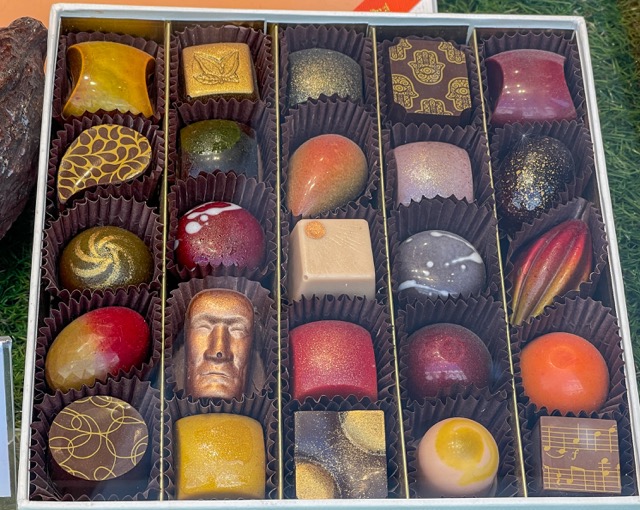
A Sacred Craft
The beer culture in Belgium is world-renowned. With over 1,500 varieties and a brewing tradition dating back to the Middle Ages, Belgian beer not just a drink, it’s an art form. Each beer style has its own unique character—and often its own specific glass to enhance the experience. The Trappist beers, brewed by monks within abbey walls, are particularly revered. We did our best to sample as many as possible over our five-day visit and were fortunate to have the guidance of our youngest son, Michael (via text messages) and Mark’s good company, as we tasted our way through Gent, Bruges, and Brussels.
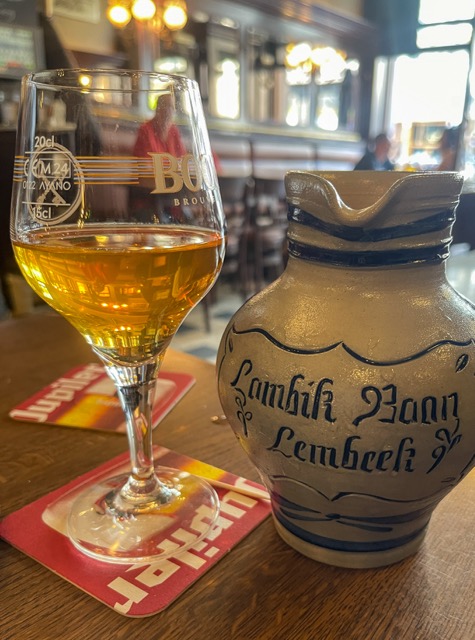
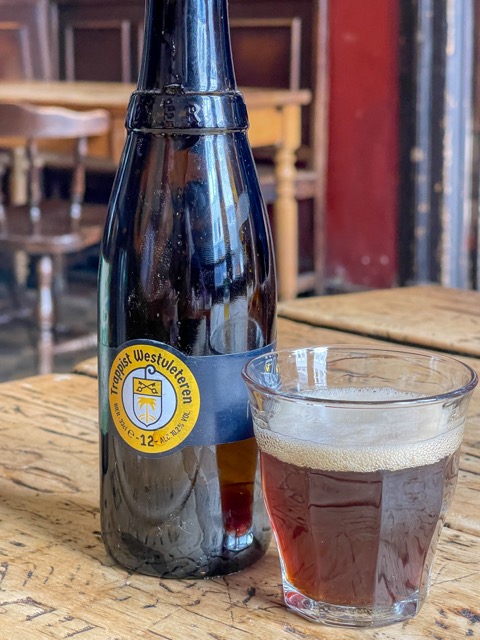
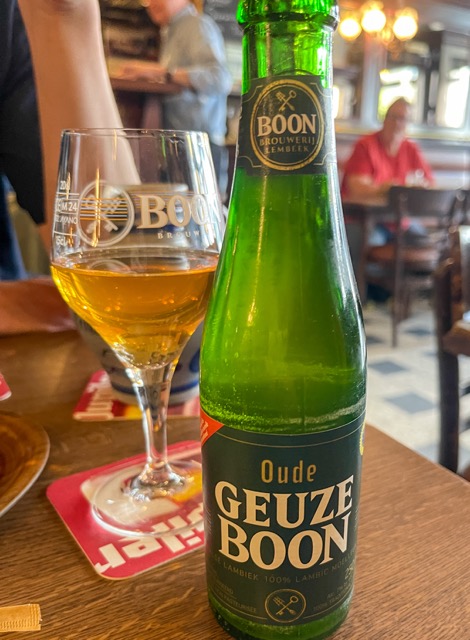
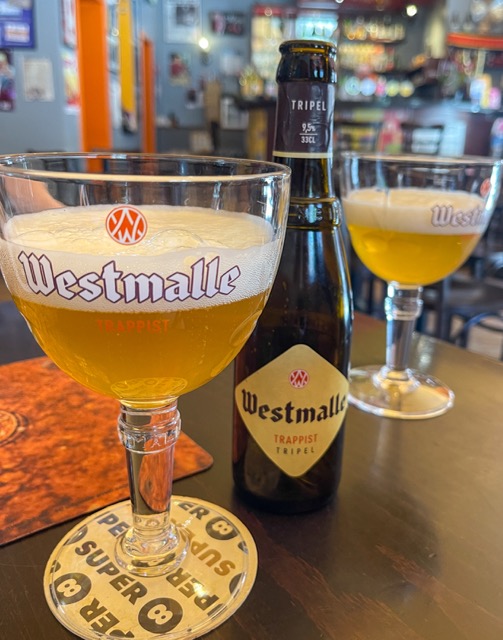
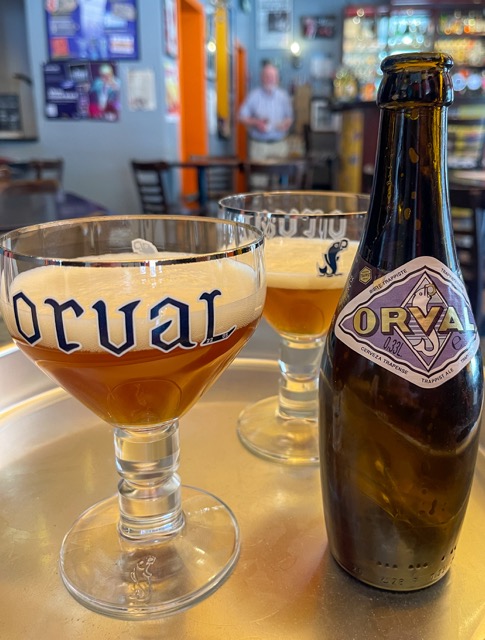
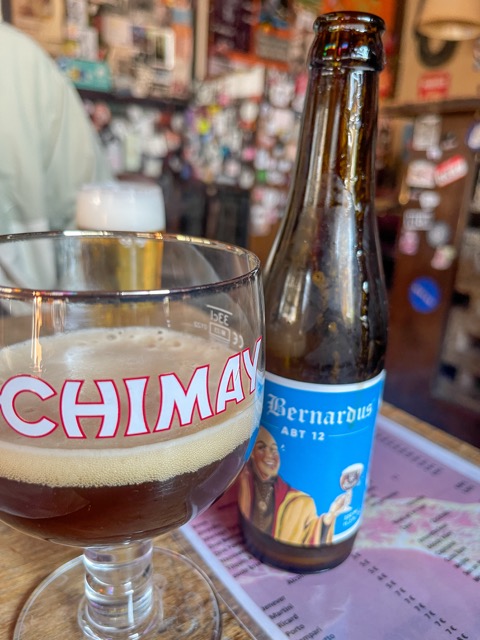
On Michael’s recommendation, we were fortunate to taste what some consider to be the best beer in the world. Westvleteren 12 is a Trappist ale, brewed by monks at the Saint Sixtus Abbey in western Belgium. There are just five monks who oversee the production of this beer which is very low because the monks only brew as much as they need to maintain their quiet lifestyle. After shelling out a mere €17, we split a small bottle with our guide for the day. It was delicious!
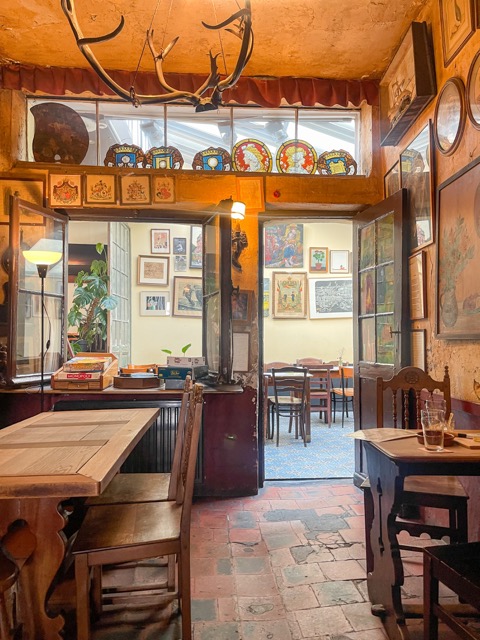
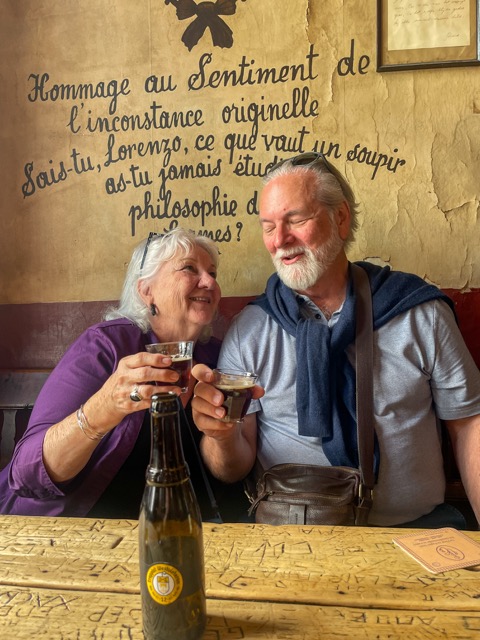
Vieux Spijtigen Duivel (the “Vieux Spijt” or “the Spijt” to its regulars) is the oldest surviving estaminet in Brussels – opened , between 1726 and 1741. However, legend has it that the Vieux Spijt has actually existed since 1500. This is where we had the “world’s best beer” (for €17 a bottle). This is where we sampled the World’s Best Beer – Westvletern 12.
Moules-Frites: The National Dish
Few dishes capture the soul of Belgian comfort food like moules-frites—steaming mussels served in a fragrant broth with a side of golden, double-fried Belgian fries. Belgian mussels have a particular taste, reflecting the blend of North Sea nutrients they feast on during their 18-month growing period. Strong currents carrying plentiful nourishment mean Belgian mussels grow more quickly and become plumper than those grown in calmer waters, Cheap and plentiful, they were originally considered food for the poor, and they’ve long been paired with fried potatoes at the country’s famous fry shops, known as friteries in French and freetkoten in Dutch, the language of Flemish Belgium.
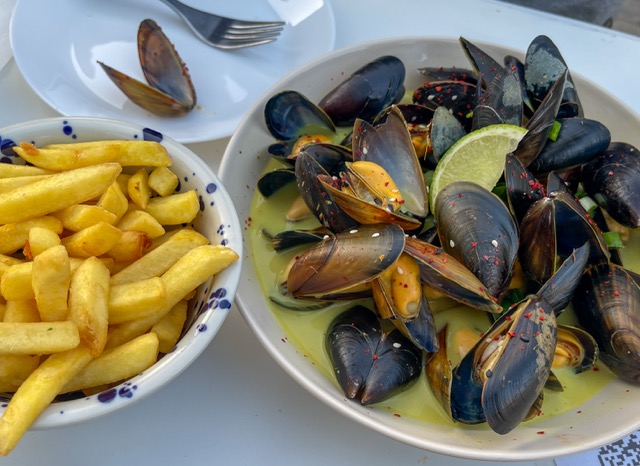
Frites are taken seriously by Belgians. They are fried twice for a perfect crispy exterior and fluffy interior and are served with homemade mayonnaise or a variety of gravy-like sauces. Belgians will tell you that Belgium, not France, is the true home of fries. The earliest recorded history of fries is in Belgium, specifically in the region of Wallonia (the southern area bordering France), in the late 17th century. Nearly three centuries later, American soldiers stationed in Belgium during World War I encountered the dish and because French was the dominant language in that area, the soldiers mistakenly believed the dish was French. And so, the name “French fries” stuck.
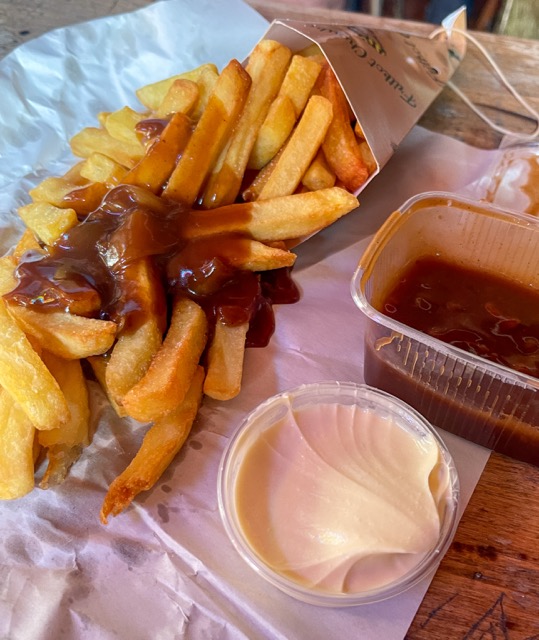
A Lifestyle to Envy
Belgians seem to enjoy a high standard of living. We noticed well-maintained infrastructure, excellent public transportation, and bicylces everywhere. We sensed a mix of traditional values and progressive ideas as well as multi-cultural diversity (especially in Brussels). The people we interacted with were reserved but always polite, and they switch effortlessly between Dutch, French, and English. When making a dinner reservation by phone on our last evening in Gent, the person answering the phone initially spoke in Dutch. When Ed asked, “Is English possible?” the response was “Of course, we speak English!” We always felt welcomed whether asking for directions, ordering a beer, or talking with a chocolatier. While Belgium may not shout for your attention like other European destinations, that is a part of its charm.
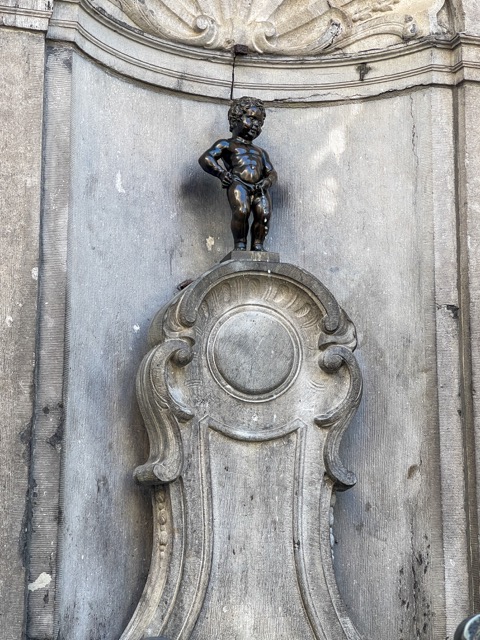
We’d come to Belgium with the expectation of sampling world class beer. We found that, of course, but were also far more deeply affected and accumulated a new trove of experiences to ponder and assimilate into our world view. To this end we travel.
About Us
Welcome to our little corner of the world where we invite you to embark on exciting journeys with us!
We’re Ed and Bonnie, a duo passionate about exploring the world and experiencing its wonders. Our love for travel isn’t just about discovering new places; it’s about sharing those moments with cherished family and friends like you.
Our hope is that you will feel like you’re right there with us, sharing in the excitement and wonder of each destination. Better yet, let’s plan a rendezvous somewhere wonderful! Learn more

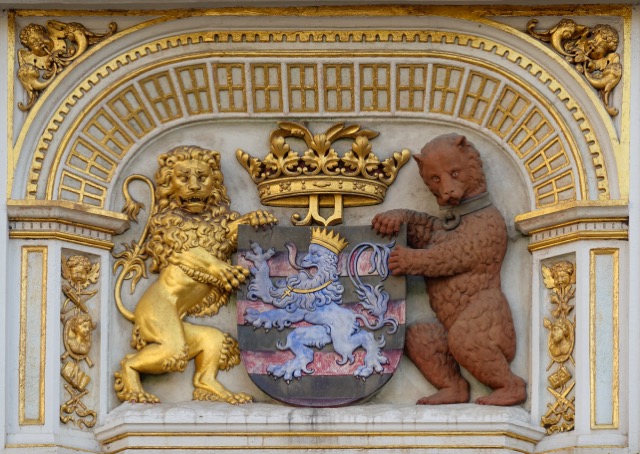
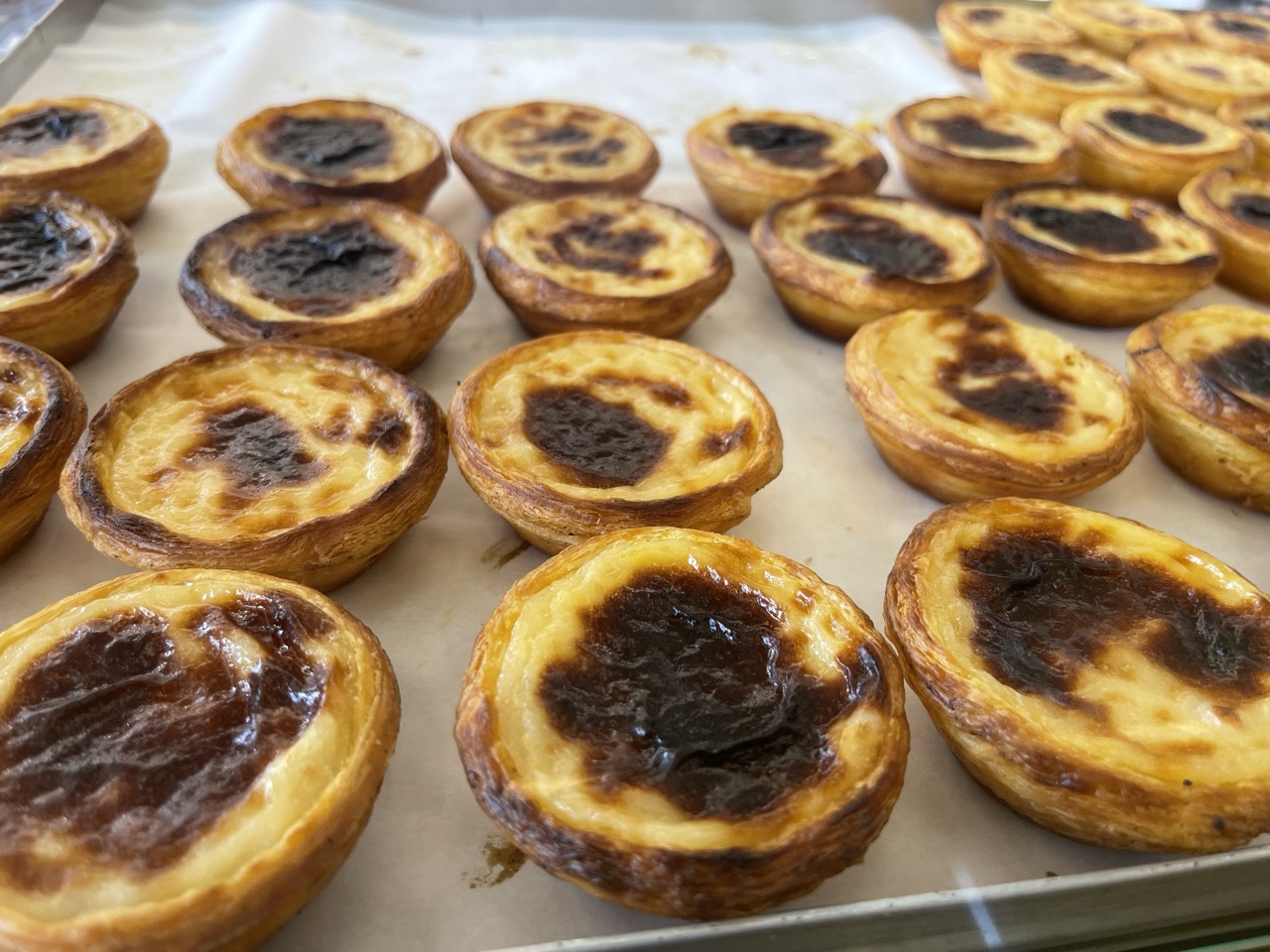
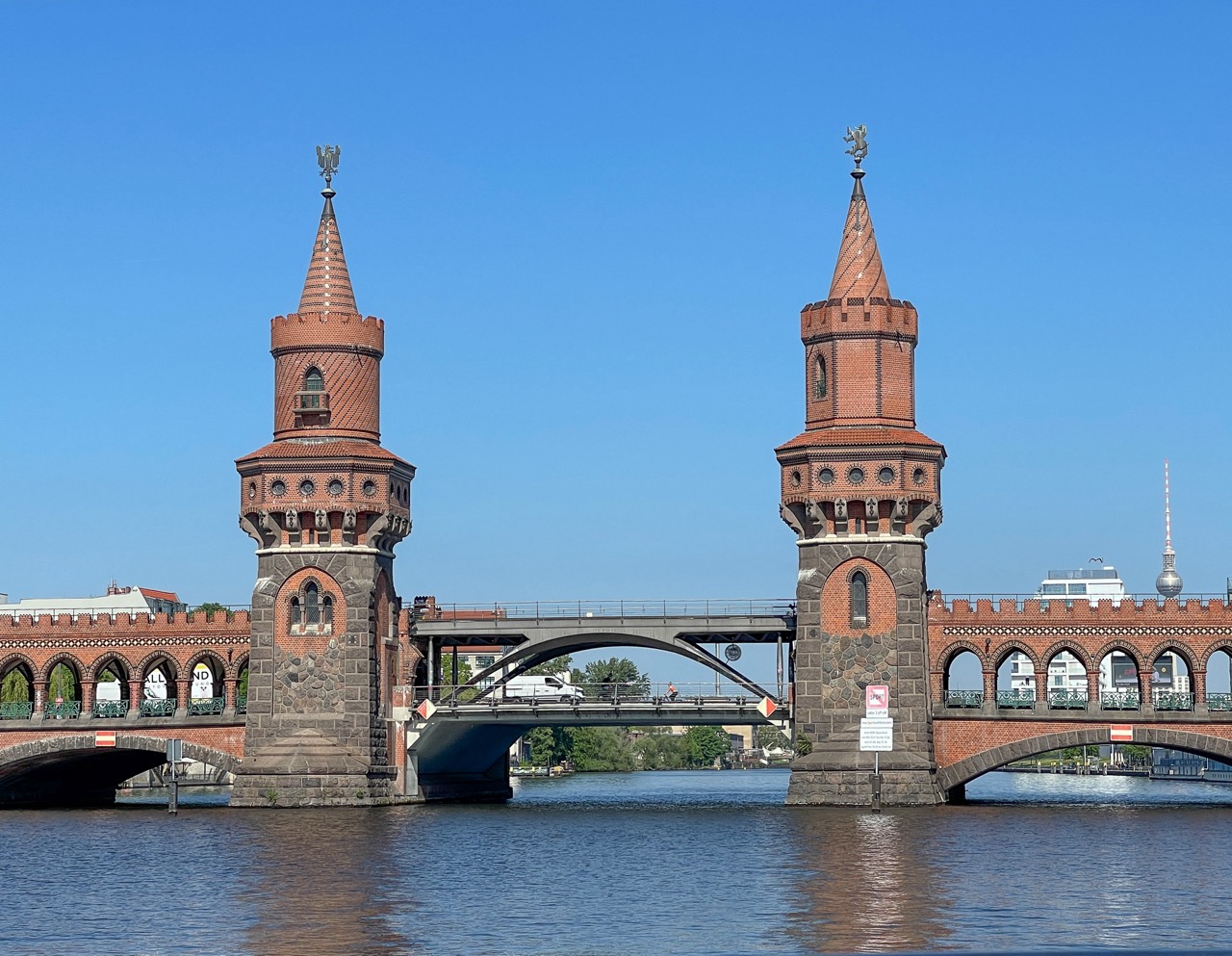
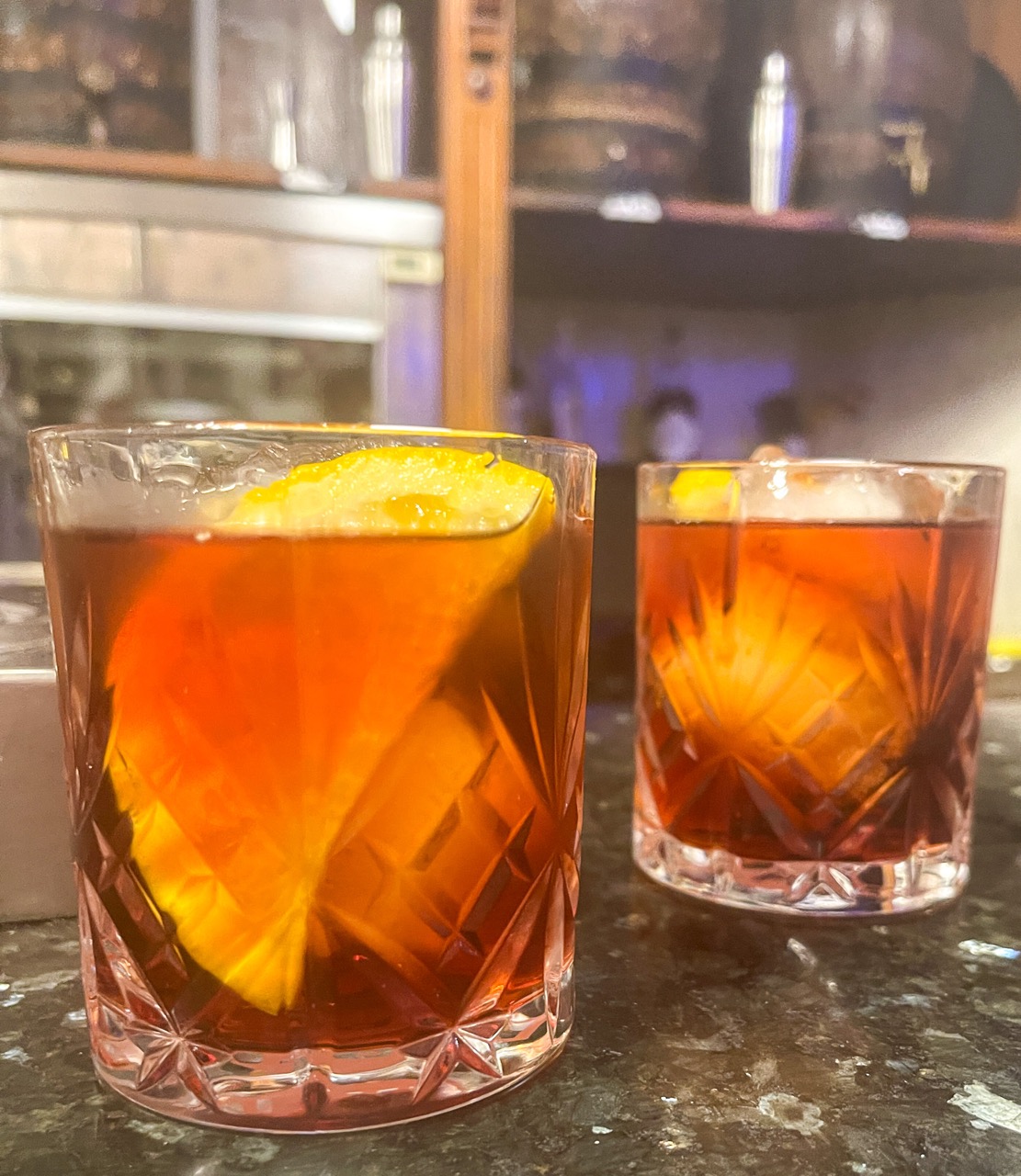
Wow! Thanks for letting me come along with you to Belgium. I always look forward to your next post… Like all the others, you did not disappoint. Belgium had not been on my must-see list, but now I’m trying to figure out how to include it in my stopover on my next trip in that direction. Bonnie, I love your pics.
Thanks so much for your comment. We’re still learning a lot of little details about blog sites! Let me know if you find yourself in Belgium…I’ll meet you there! XOXO
For us (and not just because of your homage to Nayan) this is the Richest of all blogs this far:–and that is saying something!!
Thank you for the brilliantly astute and thoughtful responses sto Brueghel and Auden as well as Marat. We were so moved by your application to our deeply challenged contemporary world where woes and tragedies abound, so often barely or not even noticed. On a lighter note, the waffles, beer, frites, and mussels look memorable, and your photos continue to be so vivid and often painterly. We will share your magnificent blog with family and friends both near and far! Sending love and peace, J&N
For us (and not just because of your homage to Nayan) this is the Richest of all blogs this far:–and that is saying something!!
Thank you for the brilliantly astute and thoughtful responses sto Brueghel and Auden as well as Marat. We were so moved by your application to our deeply challenged contemporary world where woes and tragedies abound, so often barely or not even noticed. On a lighter note, the waffles, beer, frites, and mussels look memorable, and your photos continue to be so vivid and often painterly. We will share your magnificent blog with family and friends both near and far! Sending love and peace, J&N
Bon and Ed, what an educational and thoughtful writing on Belgium. Loved reading your words about the paintings, poets and applications toward modern day! Beautiful photographs filled with insight and very engaging. I visited Belgium in college and saw the exchange student who went to Valley High School. I also remember the Manneken Pis and of course, the delicious chocolate. So glad you are enjoying fabulous travels and sharing them with your sons. Happy Mother’s Day! Also a sweet tribute to Nan!